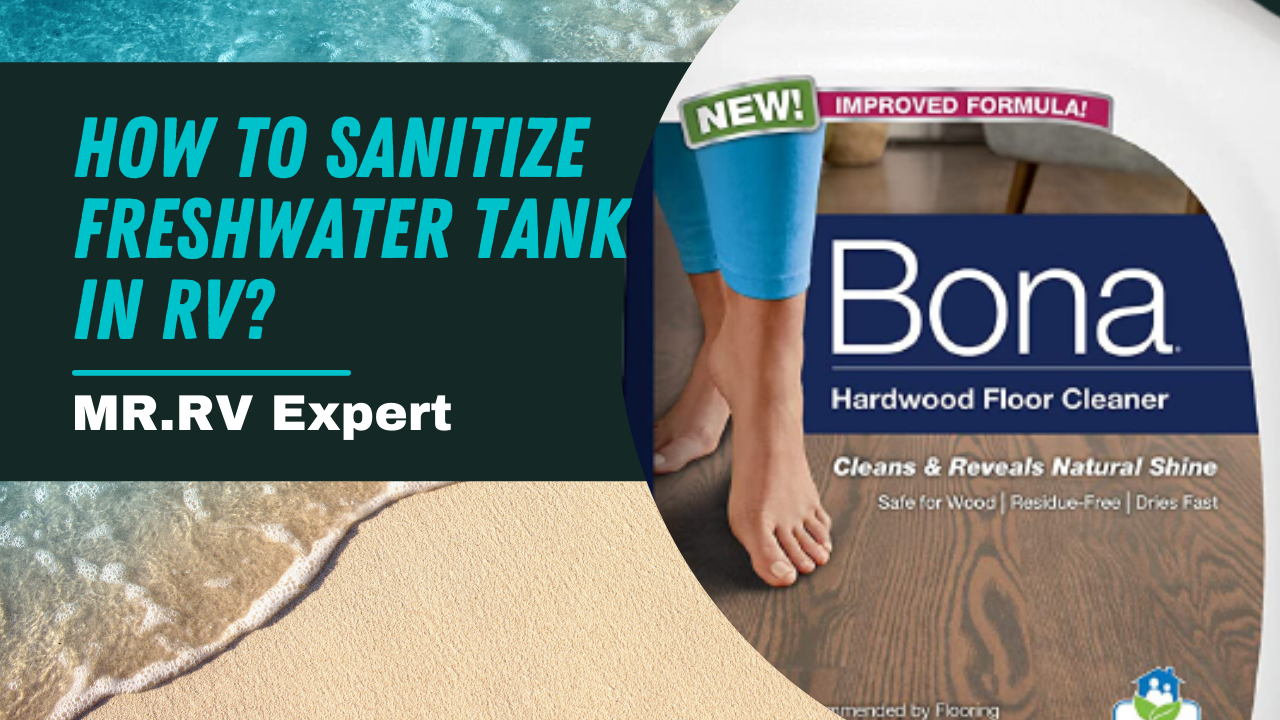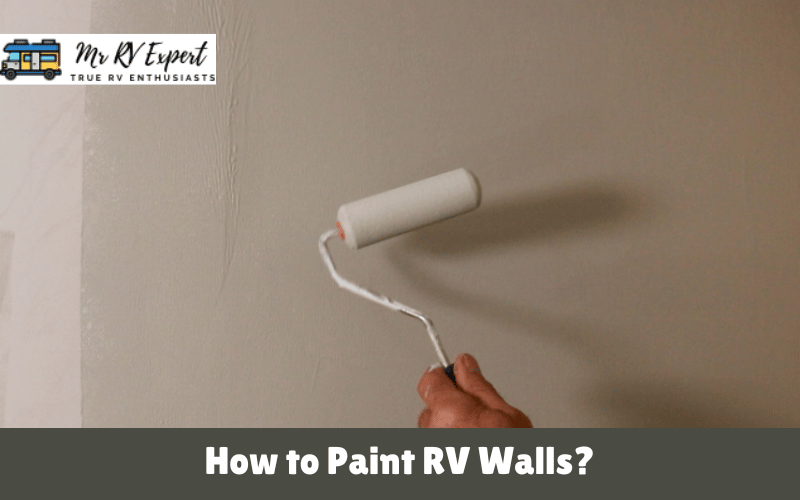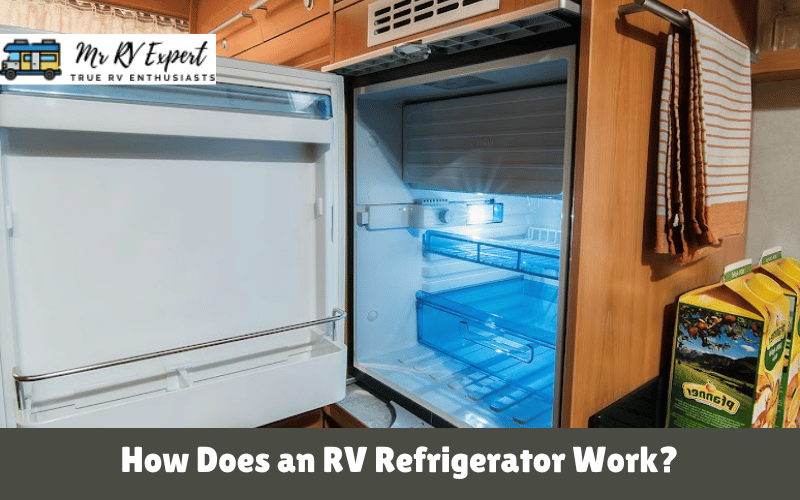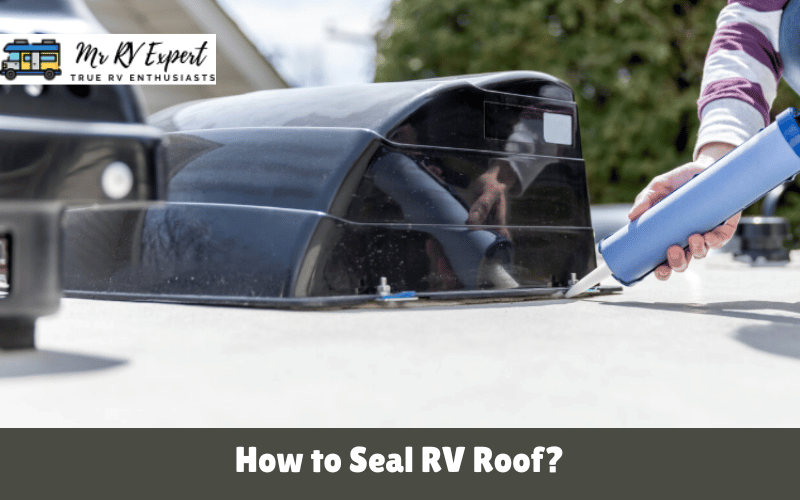If you use your RV as a home, you’re probably curious as to how to sanitize freshwater tank in rv? There are several ways to do this, but the most common way is to purchase a sanitizing solution. Most sanitizing solutions are bleach, but they’re safe to use and can be purchased at RV supply stores. You can also use chlorine bleach, which will disinfect the water in the tank. You should do this after driving through a dusty area, after buying a used RV, or after camping in a highly dusty area.
The reason you should sanitize the RV water tank is that it can smell or contain bacteria. You should clean the tank after a few uses to ensure that it is as sanitized as possible. If you don’t have time to do this, you should fill the tank with distilled vinegar and let it sit for a few hours. You should be able to smell it, but the sanitization process shouldn’t take long.
Sanitization Process
If you are concerned about the sanitization process, you can sanitize the freshwater tank in your RV after certain circumstances. This can be done after you’ve sanitized the tanks in your RV after using a sanitizer or after you’ve purchased a used RV for a camping trip. After the sanitizing process, you can top up the tank with freshwater.
If you have never sanitized the freshwater tank in your RV before, it’s probably a good idea to do so as soon as you can. The sanitizing process is a good idea after driving through dusty areas, but it’s not the only situation where you should do this. It’s important to make sure that the tank is full before starting this process.
Before you sanitize the freshwater tank in your RV, you need to drain it and fill it with water. Ensure that the water is completely empty so that you’re not wasting your precious time. You can follow the steps mentioned below to sanitize the freshwater tank in RV.
- Fill and empty the water tank twice with clean water.
- If you are using antifreeze, then it is important to remove it.
- Add three ounces of bleach for every 25 gallons of water.
- Leave it like this for 8-10 hours.
- Flush the toilets and run the faucets so that sanitized water goes into all pipes.
- Drain the water tank along with dump black and grey water tanks.
- You are good to go!
Besides sanitizing the lines, it’s also vital to clean the freshwater tank. If you don’t clean your freshwater tank, bacteria will grow there. If you’re using it for drinking, it can cause gastrointestinal problems and other health conditions. Therefore, you should sanitize the freshwater tank regularly to prevent these problems.
Why Should You Keep Sanitizing Fresh Water Tank in RV?
Why should you sanitize a freshwater tank in RV? The freshwater tank is easily accessible and often has few protections. Some RVs come with twist caps or keys to open them, but it’s not uncommon to find foul-tasting water and odors. It is vital to sanitize this tank before you use it to flush the system, which should take no more than a few minutes.
Sanitizing your RV’s fresh water tank is an important step when you’re traveling. It can be difficult to clean the tank manually, so it is important to know how to sanitize it properly. You should empty the water tank first and make sure it is completely empty. Depending on the size of the freshwater tank, you may have to remove the tank and clean it by hand. However, it is easier to clean the tank by using a sanitizing agent.
Safe for Human Consumptions
When refilling your fresh water tank, make sure that you add about a half-cup of bleach to it. This is a very low-level concentration of bleach, which is completely safe for human consumption. Most water districts add a small amount of bleach to their tap water, so it’s not a big deal.
Sanitizing your fresh water tank in your RV is a good idea after every trip, particularly after traveling in highly dusty places. Aside from keeping your RV clean and sanitary, you’ll want to periodically sanitize your fresh water tank. It’s not only a good idea to use potable water in your RV, but it will also help to prevent the buildup of bacteria and other harmful substances.
The fresh water tank in your RV contains water lines that connect to the sinks and appliances. A sanitizing solution can be added to the fresh water tank and the lines. After the disinfection process, the fresh water tanks in your RV will smell like chlorine and other potentially harmful contaminants. A sanitizing solution will not kill them, but it will make your RV safe to use.
Before sanitizing your fresh water tank in an RV, you should ensure that the tank is empty. When you’re not using the RV, you need to keep the tank emptied. Once you have done this, you’ll need to fill the fresh water tanks. Then, you’ll be able to use the water without any problems. It’s best to sanitize them once every six months if you’re a full-time user of your RV.
[kkstarratings]








